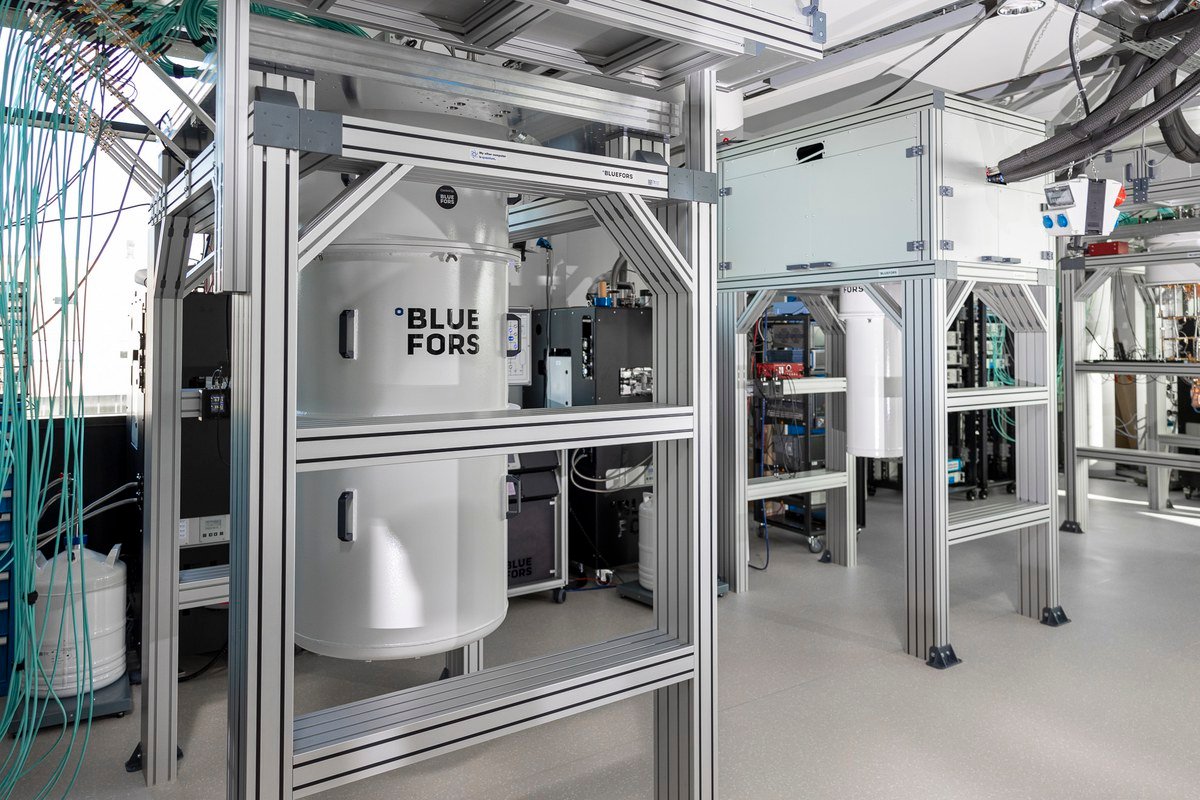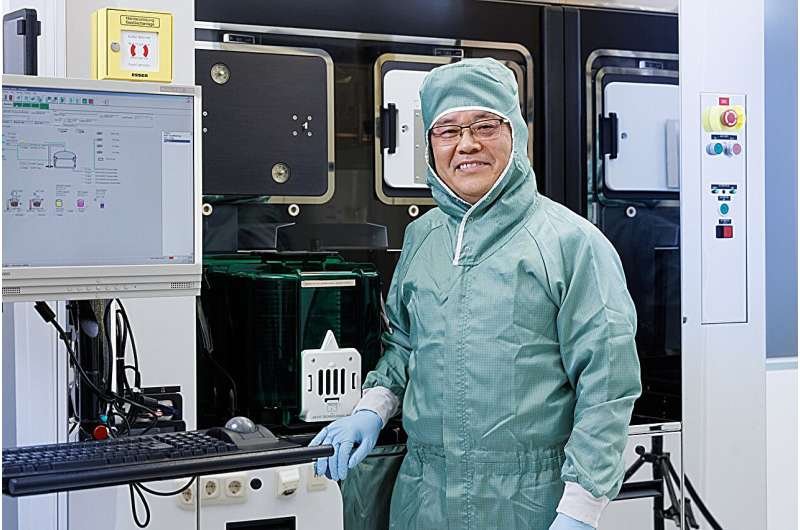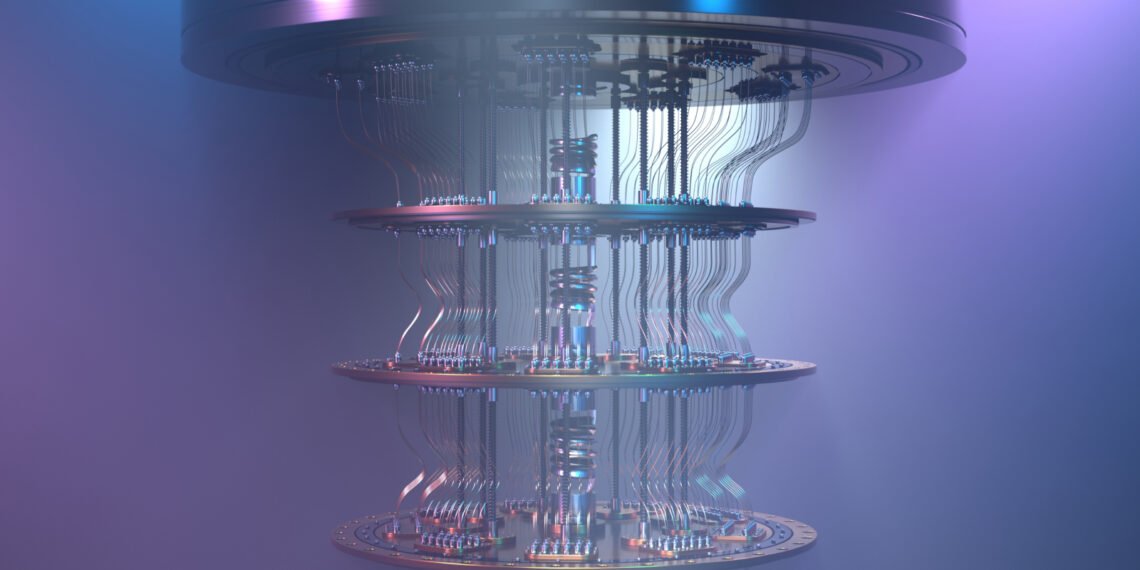Modern computer chips face significant challenges due to the heat they generate and the substantial energy required for their operation and cooling. A groundbreaking perspective from an international team coordinated by Qing-Tai Zhao suggests that running these chips at extremely low temperatures could drastically cut energy consumption, potentially by as much as 80%. Researchers propose adapting conventional CMOS technology for cryogenic conditions by using innovative materials and design methods.

Key Takeaways
- Cryogenic computing may cut chip energy use by up to 80%.
- CMOS technology can be innovated for ultra-low temperature operation.
- This approach benefits quantum computing and other specialized fields.
Cooler Temperatures, Better Performance
Transistors, crucial components in modern electronics, perform more efficiently in cooler environments. Heat dissipation, a consistent challenge in densely packed chips, directly influences the energy required for transistors to switch states. At room temperature, these devices need approximately 60 millivolts to shift the electrical current by a factor of ten—a parameter known as “subthreshold swing.” However, this requirement drops significantly at lower temperatures, reflecting improved energy efficiency.
As temperatures decrease, electrons lose thermal energy to behave more predictably. This leads to reduced switching voltages, which translates into lower power consumption and heat generation. For instance, cooling transistors to 77 Kelvin (-196.15°C), achievable with liquid nitrogen, can cut energy usage by up to 70%. When helium-based cooling systems push temperatures closer to 4 Kelvin, energy savings may climb to 80%.
Efforts to use cryogenic materials to improve transistor performance remain promising, especially as engineers seek ways to reduce the heat flow in devices while maintaining functionality. These temperature-dependent improvements emphasize the strong connection between cooling technologies and energy-efficient computing.
Practical Challenges with Theory
At extremely cold temperatures, certain materials reveal unique behaviors hidden at higher thermal levels. Band tail effects, caused by imperfections in semiconductors, disrupt functionality by allowing energy disturbances. These small defects result in transistors failing to properly block electrical flow, leading to unwanted leakage.
Another issue is source-drain tunneling, a quantum effect where electrons bypass barriers meant to regulate current. These phenomena combine to limit the efficiency of devices operating within ultra-low temperature ranges. For instance, the subthreshold swing—a measure of transistor response—is expected to drop below 1 millivolt per decade but instead levels off around 5-10 millivolts at temperatures below 20 Kelvin. This disparity hinders achieving optimal energy performance in practical applications.
Understanding these limitations can assist in exploring innovations like phase change materials to mitigate inefficiencies and improve operations at extreme temperatures.
Innovative Materials and Advanced Approaches
Advancements in thermal management technologies are creating opportunities for improved heat transfer and temperature control in cutting-edge electronics. Materials that operate effectively under extremely low temperatures are proving to be essential in enhancing functionality and efficiency. The use of small band gap semiconductors enables lower voltage switching, optimizing energy usage and preventing overheating in sensitive systems.
Techniques like gate-all-around nanowires and fully depleted Silicon-On-Insulator (SOI) structures ensure precise temperature regulation by allowing better control over electrical behavior. High-k dielectrics, paired with ultra-thin interlayers, minimize disruptions in energy flow and concentrate electric fields effectively, which supports better conductivity.
Engineering heat sinks and heat pipes for enhanced cooling performance complements the integration of next-generation materials. These systems often utilize liquid cooling to transfer heat efficiently over larger areas, maintaining consistent operation. In addition, back gating methods dynamically adjust threshold voltages, offering an added layer of thermal optimization.
By blending these innovations with advanced materials and design approaches, engineers can develop robust solutions for managing heat. These technologies lay the groundwork for future electronics capable of operating under high thermal demands with increased reliability.
Transitioning from Research to Practical Use

Effective thermal management is central to the reliability and efficiency of modern electronics. Innovations in cooling systems are particularly shaping high-performance computing environments, such as large-scale data centers with thousands of active processors. Chips designed to operate under cold conditions demonstrate the potential to significantly lower power requirements, thereby reducing operational costs and environmental impact. These developments address growing concerns over heat generation in devices like smartphones and electronic components used in various industries.
One area benefiting from such breakthroughs is quantum computing, which depends on maintaining extremely low temperatures to preserve fragile quantum states. Specialized cooling solutions—such as cryostats—are employed to sustain temperatures below 4 Kelvin, enabling these systems to mitigate heat-related interference effectively. By building upon methods originally developed for quantum electronics, researchers are working toward universal cooling technologies that support multiple processing paradigms, including neuromorphic and von Neumann processors.

A notable integration of low-temperature designs comes from the involvement of leading manufacturers, such as TSMC, recognized for its advanced chip fabrication. The push to adopt cryogenic technologies into commercial applications paves the way for next-generation designs demonstrating ultra-low-power consumption across varying electronic platforms. These advancements align with ongoing efforts to improve cooling systems for both localized devices and scalable setups, such as global data infrastructures.
Benefits at a Glance
| Feature | Impact |
|---|---|
| Energy Efficiency | Lower power usage minimizes operational costs. |
| Enhanced Stability | Reduces heat-related errors in electronics. |
| Quantum Compatibility | Supports processing under extreme cooling. |
Emerging technologies continue reshaping the way electronics handle heat, ensuring longevity and performance across applications.
Common Questions About Electronics in Cold Environments

What are the effects of extreme cold on electronic devices?
Electronic performance can drop significantly in very low temperatures. Batteries tend to discharge faster, while LCD screens may freeze or become sluggish due to their liquid components. Extreme cold can also cause materials to contract, potentially leading to brittle components or cracks in enclosures. Learn more about how cold impacts devices.
Which new technologies are improving battery performance in cold conditions?
Recent advancements focus on creating low-temperature batteries that maintain efficiency even in subzero environments. Specialized materials and chemical formulations are being used to reduce irreversible damage and enhance energy output during cold weather. Discover more about battery technologies for cold.
What innovative designs are being explored for electronics to function in the cold?
Emerging designs include heating elements embedded in enclosures, improved insulation, and using materials that resist contraction in low temperatures. Engineers are also adjusting circuit architectures to handle slow performance that often occurs in colder settings. Read about cold-weather electronics design tips.

How do changes in temperature impact the stability of electronics?
Frequent shifts between hot and cold can cause condensation inside devices, leading to moisture-related failures. Condensation may form on circuit boards, increasing the risk of short circuits or corrosion. Visit this guide on temperature fluctuations and electronics.
Are there new materials improving resilience against cold?
Innovations include materials with low thermal expansion to prevent cracking, as well as advanced plastics and metal composites designed for extreme durability. These materials ensure devices remain operational even in prolonged freezing conditions.
What technologies enable electronics to function in the coldest places, including space?
Technologies for polar and extraterrestrial use often include self-heating systems, enhanced thermal coatings, and radiation-resistant components. Additionally, research focuses on electronics that can survive near-absolute zero temperatures to support exploration in harsh environments like space.





































